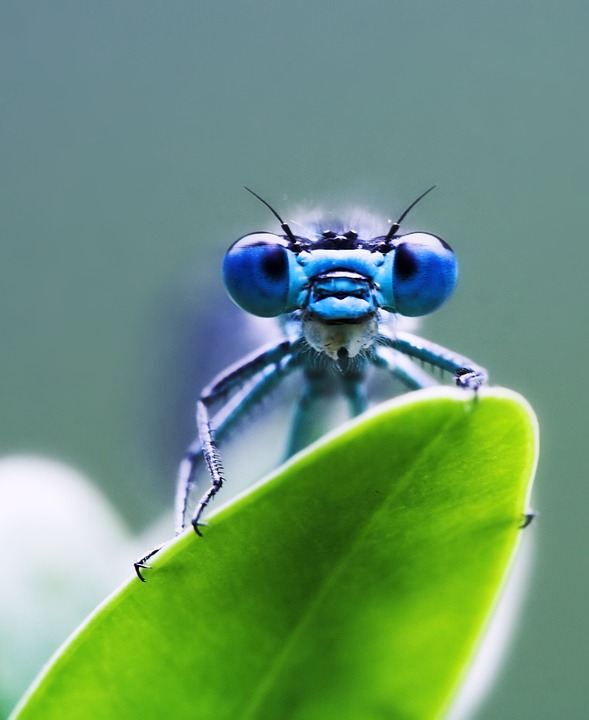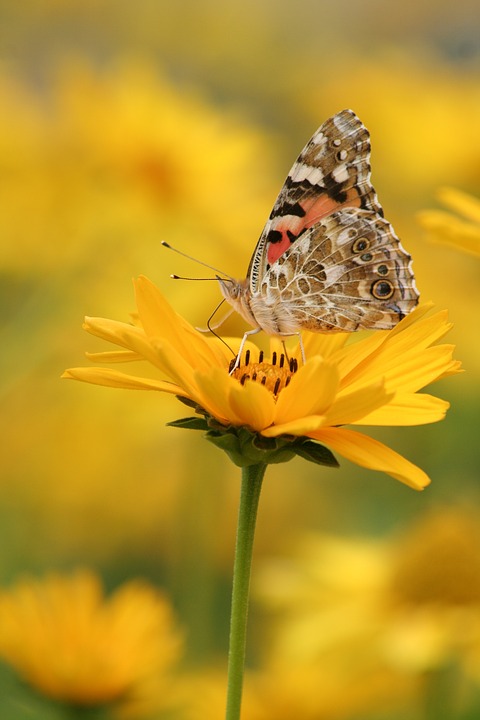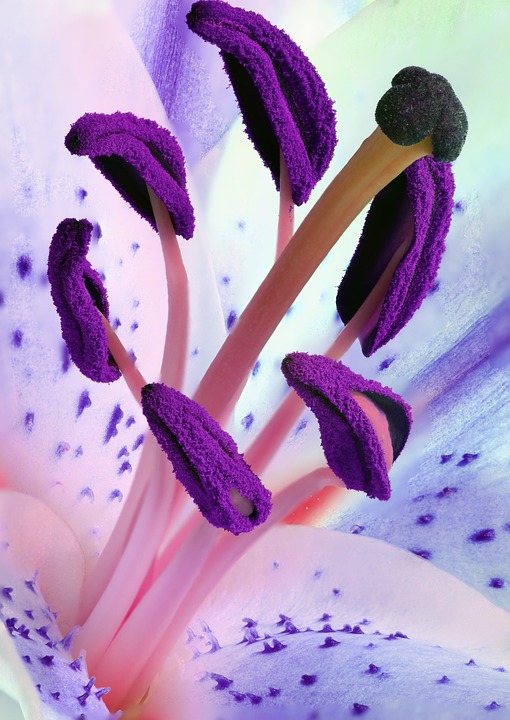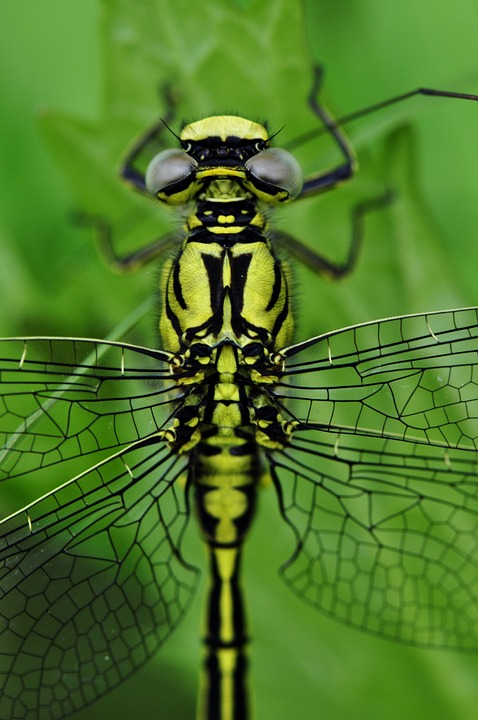Many people find macro photography challenging. But, there are some who take it as one of the easiest.
Despite all the definitions and perspectives, though, it is just the same with all other types of photography. It has its challenges, as well as up-points.
You will need time, effort, and resources if you want to get better. You have to practice and take your shots regularly to be proficient and eventually master the art of it.
So, if you are planning to start your journey in this field, this post may help.
 All about macro photography
All about macro photography
Macro photography began in the 1900s, and was originally developed for scientific research. F. Percy Smith utilized the same equipment photographers use today for the field to take shots of insects.
By definition, however, this type of photography is wherein the subject is photographed at 1:1 magnification. In much simpler terms, the subject appears life-sized in the output.
But, these days, the public considers macro photography to refer to any photos that show a close-up composition with extreme details of a small subject.
While the equipment and parts have not changed at all, there are now a wide variety of tools and instruments that people use in macro photography. The most important among all, though, is a good macro lens.
Some nature macro photography tips for you
Here are some of the best pointers for your macro photography activities. You may take these as travel photography tips from Dhavalilama, especially if you want to take close-up shots of subjects on your next trip:
Keep the camera steady
Keeping your camera steady plays an essential role in macro photography. This is why tripods are very useful in this field.
The surest way to produce sharp images is to stabilize your equipment. But, if you are not fond of carrying a tripod, hand-holding your camera is acceptable.
You can also utilize other tools and instruments in your surroundings to ensure the camera’s stability. Things like backpacks, sweaters, or anything that can hold it will do.
Bring your own light
When photographing outdoors, natural light will be your assistant. But, despite having great and effective lighting, thanks to the sun, you should still bring your own lighting tools.
This will help you produce lots of creative juices, allowing you to become more creative in the scene. It need not also be grand as a simple reflector or a white card will already do.
Examine the background
While the shots in macro photography will, literally, focus on your chosen subject, you must still examine first the background. Many photographers, at times, fail to realize that background details can make or break the entire composition.
Keep in mind that it can become an issue. This is because even the littlest changes and movements in the angle can dramatically impact the overall appearance and shot. So, before you take your shots, make sure that you are settled with your background, and it will not cause an issue in the output.
 Expose for the highlights
Expose for the highlights
“Exposing to the right” is very common in portrait photography. But, when working with macro, many experts recommend exposing for the highlights.
When your shots appear underexposed, do not get too rattled or worried. This is more “workable” than having blown highlights in the output.
As explained, shadows are much easier to deal with or to recover in the end. They are more manageable in post-processing than highlights.
Bring accessories and other essential equipment
Your camera will be your best friend when doing shoots. But, make sure to bring all the necessary parts and equipment to your photography activities. Bags, spare batteries, lenses, chargers, and lighting tools are only some of them.
Alongside these things, you may also want to bring props and other accessories, too. This will help you come up with more unique compositions and output. Remember, you will not experience the best conditions at all times. So, you may want to get a little resourceful to be able to achieve your goals for the shoot.
Watch your angle, and move more
One of the best ways to produce unique shots using limited subjects is to change your angles. Working on your angles will help you a lot, especially when you cannot move your subject.
Accordingly, you should move a lot with respect to your subject. Whether it may be from the side, top, or bottom, work your way in these vantage points. You will surely come across many different details and compositions in doing so.
Do not limit your shots to flowers
Flowers are among the most common subjects in macro photography. But, did you know that there are tons of other things, biofactors, creatures, and elements that may serve as a subject to your macro shots?
Some examples are insects, feathers, droplets, glass, reflections, and even tissues. You can pretty much utilize anything as your subject.
Having variations will help you comprehend the craft, as well as hone your skills. So, as much as possible, do not limit yourself. Besides, anything can actually be more interesting in a close-up angle.
Final thoughts
You will need appropriate equipment and tools to be able to achieve your goals in macro photography. Alongside the right instruments, you will need to have knowledge and experience, too.
These pointers will help you obtain them. So, you may want to apply these things on your next shoot, whether it may be for your practice sessions or any other purposes.


























